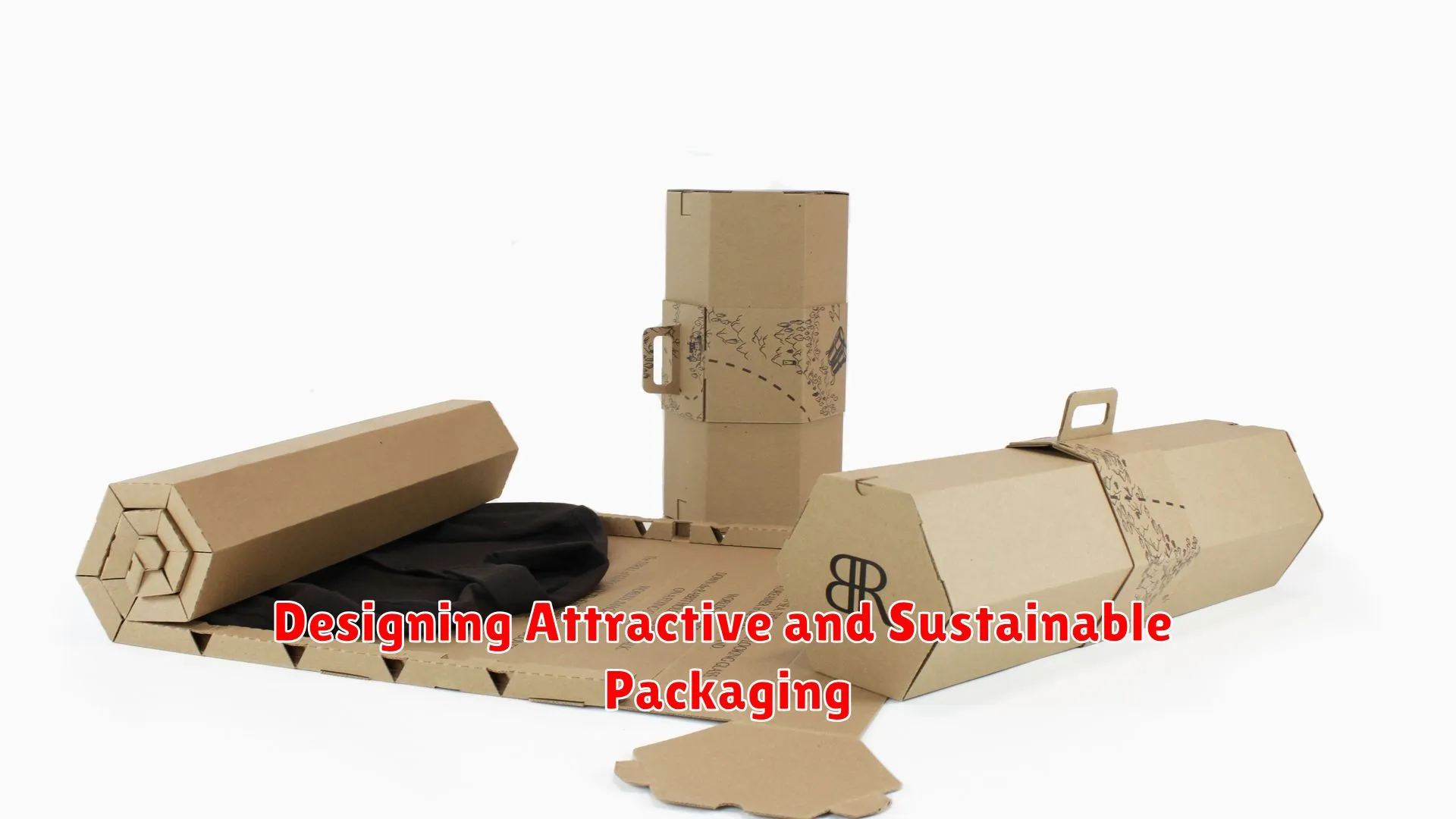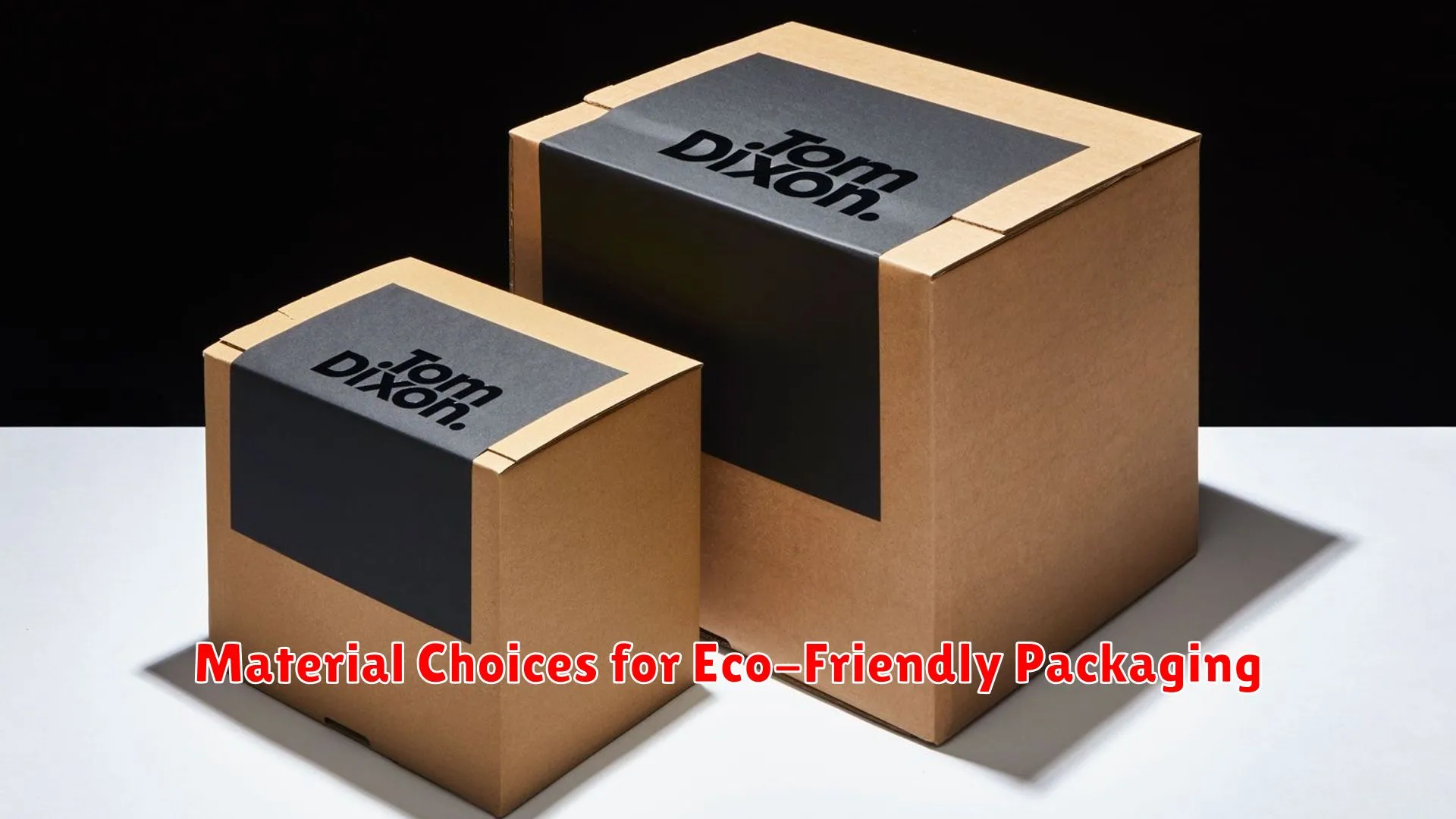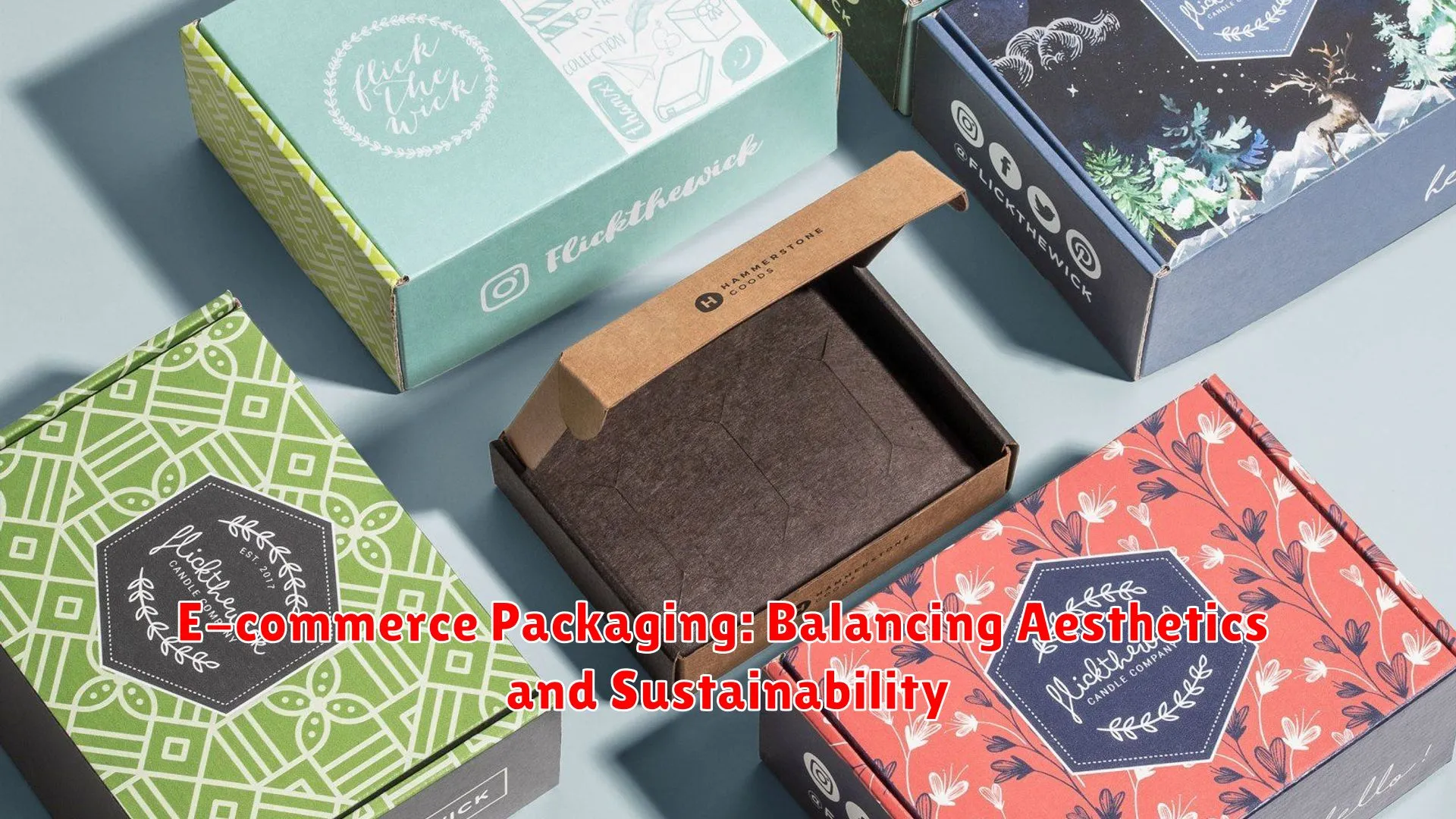In the world of e-commerce, the packaging plays a crucial role not just in protecting the product, but also in creating a memorable unboxing experience. However, finding the balance between aesthetics and sustainability is key to meeting consumer expectations.
The Importance of Packaging in E-commerce

In the world of E-commerce, packaging plays a crucial role that goes beyond just protecting the product during shipment. The way a product is packaged can significantly impact the overall customer experience, brand perception, and environmental sustainability efforts. Understanding the importance of packaging in E-commerce is essential for businesses aiming to strike a balance between aesthetics and sustainability.
1. Brand Identity: Packaging serves as a direct representation of a brand as it is often the first physical interaction a customer has with the product. A well-designed and branded packaging can leave a lasting impression and enhance brand recognition among customers.
2. Unboxing Experience: With the rise of social media and unboxing videos, the unboxing experience has become a crucial part of the customer journey. Thoughtfully designed packaging can create excitement and anticipation, turning a regular delivery into a memorable experience for the customer.
3. Sustainability: As environmental concerns continue to grow, consumers are becoming more conscious of the environmental impact of packaging. Opting for sustainable packaging materials and designs not only resonates with eco-conscious customers but also aligns with corporate social responsibility goals.
4. Protection and Functionality: While aesthetics are important, packaging should also fulfill its primary function of protecting the product during transit. Secure and practical packaging ensures that the product reaches the customer in pristine condition, reducing returns and enhancing customer satisfaction.
By recognizing the importance of packaging in E-commerce and finding the right balance between aesthetics and sustainability, businesses can create a positive brand image, enhance customer satisfaction, and contribute to environmental conservation efforts.
Designing Attractive and Sustainable Packaging

In the realm of E-commerce packaging, achieving a balance between aesthetics and sustainability is paramount. The design of packaging plays a crucial role in influencing consumer purchasing decisions and reflecting a brand’s values.
Creating attractive packaging involves incorporating visually appealing elements such as colors, patterns, and logos that resonate with the target audience. Additionally, attention to detail and innovative design concepts can set a brand apart in a crowded marketplace.
However, in today’s environmentally conscious world, sustainability is a key consideration for packaging design. Consumers are increasingly seeking products that are packaged in eco-friendly materials and support sustainable practices.
By integrating sustainable materials like biodegradable plastics, recycled paper, or compostable packaging, companies can demonstrate their commitment to reducing environmental impact. This not only aligns with consumer preferences but also contributes to a positive brand image.
Ultimately, successful E-commerce packaging strikes a balance between aesthetics and sustainability. Designing packaging that is visually appealing while also environmentally responsible can enhance brand reputation, customer loyalty, and contribute to a greener future.
Material Choices for Eco-Friendly Packaging

When it comes to E-commerce packaging, finding a balance between aesthetics and sustainability is crucial. One of the key factors that can greatly influence this balance is the choice of materials used for packaging. In recent years, there has been a growing trend towards eco-friendly packaging solutions that prioritize sustainability without compromising on design and functionality.
Here are some popular material choices for eco-friendly packaging:
- Recycled Cardboard: Recycled cardboard is a versatile and cost-effective option for eco-friendly packaging. It is sturdy enough to protect products during transit while being biodegradable and easily recyclable.
- Biodegradable Plastics: Biodegradable plastics are designed to break down naturally in the environment, reducing the impact of traditional plastics on ecosystems. These materials are being increasingly used for packaging to minimize waste generation.
- Mushroom Packaging: Mushroom packaging, made from agricultural waste and mycelium, is a sustainable alternative to traditional packaging materials. It is biodegradable, compostable, and offers excellent insulation properties.
- Plant-Based Materials: Packaging materials derived from plants, such as cornstarch-based plastics or bamboo fiber, are renewable and biodegradable options that are gaining popularity in the E-commerce industry.
By choosing eco-friendly materials for packaging, E-commerce businesses can reduce their environmental footprint and appeal to environmentally conscious consumers. These material choices not only contribute to sustainable practices but also showcase a commitment to responsible packaging solutions.
The Role of Packaging in Branding

When it comes to e-commerce, the packaging plays a vital role in shaping the perception of a brand and creating a memorable customer experience. The packaging not only serves as a vessel to protect the product during transit but also serves as a powerful branding tool that can significantly impact customer loyalty and brand recognition.
Aesthetics: The visual appeal of a package can capture customers’ attention and make a strong first impression. A well-designed and aesthetically pleasing packaging can convey the brand’s identity, values, and message. It can create a sense of anticipation and excitement for the customer, enhancing the overall shopping experience.
Sustainability: In today’s eco-conscious world, sustainable packaging is gaining importance. Brands that prioritize sustainability in their packaging not only contribute to reducing environmental impact but also appeal to the growing number of environmentally conscious consumers. Sustainable packaging can reflect a brand’s commitment to social responsibility and ethical practices, enhancing its reputation.
Brand Identity: Packaging serves as a tangible representation of a brand. It can communicate the brand’s story, mission, and values to the customers. Consistent packaging design across different products can help reinforce brand recognition and build a strong brand identity in the minds of consumers.
Unboxing Experience: The moment a customer receives a package is an opportunity for the brand to create a unique unboxing experience. Delightful packaging can leave a lasting impression on customers, encouraging them to share their experience on social media and generate word-of-mouth marketing for the brand.
Effective e-commerce packaging strikes a balance between aesthetics and sustainability, reflecting the brand’s values while offering a memorable and eco-friendly customer experience. By leveraging the role of packaging in branding, e-commerce businesses can differentiate themselves in a competitive market and build strong relationships with their customers.
Innovations in E-commerce Packaging

E-commerce packaging is an essential component of the online shopping experience, serving as the first physical interaction a customer has with a brand. The balance between aesthetics and sustainability has become a crucial focus for e-commerce businesses looking to reduce their environmental footprint without compromising on the visual appeal of their packaging.
One of the key innovations in e-commerce packaging is the use of recyclable materials. Many companies are transitioning away from traditional plastic packaging to more sustainable options such as cardboard, paper, and biodegradable materials. These eco-friendly materials not only help reduce waste but also resonate with environmentally-conscious consumers.
Customization is another trend driving innovations in e-commerce packaging. Brands are increasingly offering personalized packaging options, allowing customers to choose designs, colors, and even add their names or messages to their packages. This not only enhances the unboxing experience but also creates a sense of connection between the brand and the consumer.
Smart packaging is revolutionizing the e-commerce industry by integrating technology into packaging solutions. From QR codes that provide product information to interactive packaging that engages customers, these innovations are enhancing the overall shopping experience for online consumers.
Furthermore, reusable packaging options are gaining popularity in the e-commerce landscape. Brands are introducing reusable boxes, bags, and containers that customers can return for a discount on their next purchase. This not only reduces waste but also encourages customer loyalty and repeat purchases.
As e-commerce continues to grow, the focus on innovative packaging solutions that strike a balance between aesthetics and sustainability will play a vital role in shaping the future of online shopping. By embracing these innovations, e-commerce businesses can not only enhance their brand image but also contribute to a more eco-friendly and customer-centric shopping experience.
Conclusion
In conclusion, finding the balance between aesthetics and sustainability in e-commerce packaging is crucial for businesses. It requires innovative solutions to create visually appealing packaging while reducing environmental impact.

